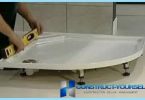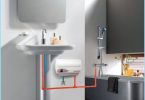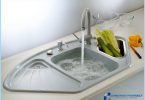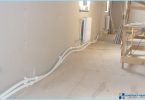The contents
- The necessary equipment
- Welding instruction
- The nuances of welding technology
- Degrease the welding area
Now no one gives a doubt on the reliability of polypropylene pipes. With proper maintenance they can last about 50 years. All thanks to the uniqueness of the material that does not rot or corrode.
But that all went according to plan, and your pipeline serve you for many years, it is necessary to carry out proper welding of polypropylene pipes. For this you will need to follow the instructions.
Due to its unique properties and long service life polypropylene pipes practically forced out of the market of metal products. As a result, more and more people want to know how to weld such pipes.
To start with the fact that there are long-proven manual Assembly of polypropylene pipes. It will allow you not only to connect the same diameter, but to do complex wiring. For this purpose, a special adapter.
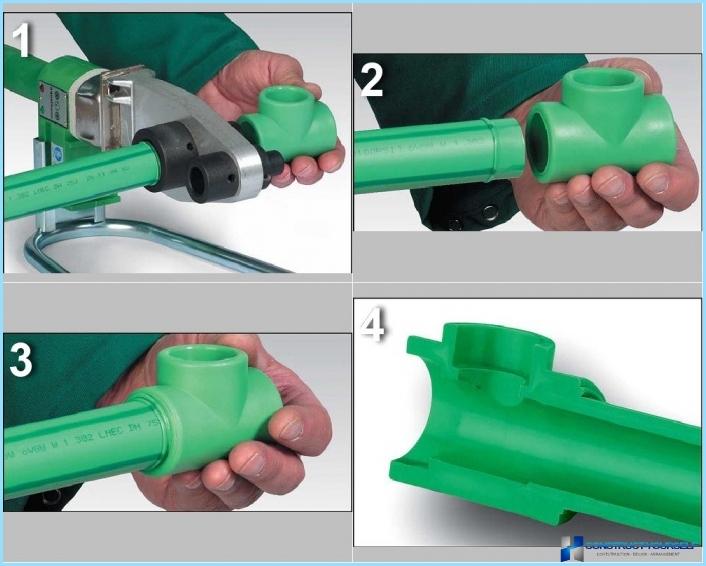
Installation instructions polypropylene pipe also includes working with the contours and installation of different kinds of reinforcement. As a result you will be able to build a system of any configuration.
Unfortunately, without the disadvantages of not done. Despite all its advantages, after welding and installation of polypropylene pipes apart. Moreover, even if you disconnect the re-use of the product will not work. This is why you must do everything according to instructions. In this case, the created design does not need improvement.
Weld polypropylene pipes ↑
The necessary equipment ↑
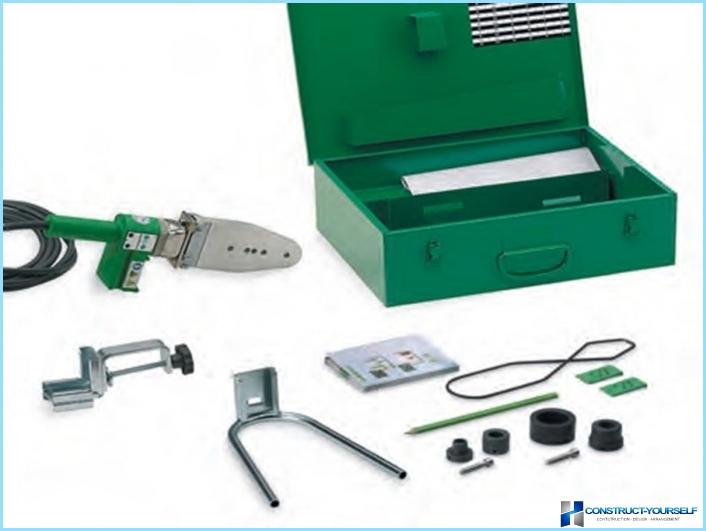
Preparation for welding of polypropylene pipes begins with the selection of an appropriate tool. In order to do everything exactly according to instructions you will need:
- machine for socket fusion;
- special nozzles for different diameter pipes;
- clippers,
- fastenmaster,
- shaver.
Each of these tools you can find at the hardware store. But there is a caveat that the welding of polypropylene pipes was exactly as per the user need not buy the cheapest equipment. For example, high quality welding machine allows you to work much longer without damaging the Teflon layer attachments.
In most cases, the nozzles come with the machine. But the cheaper counterparts can not have them. So if you see a price too low, be sure to ask about the package.
Welding instruction ↑
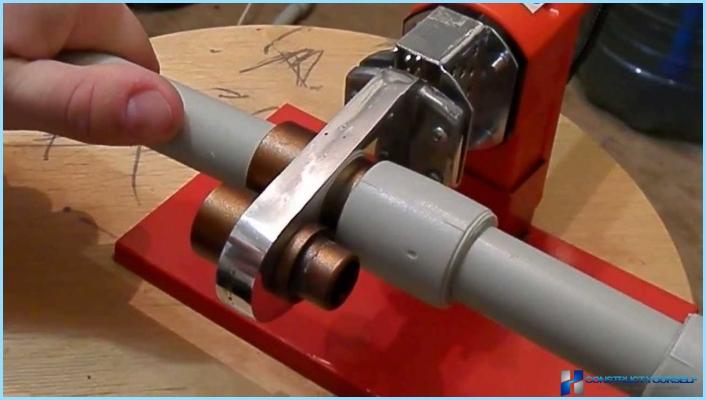
The welding machine is not a anything complicated. Using them is quite convenient. Especially if it is well made. The statement itself for welding of polypropylene pipes consists of the following stages:
- Make measurements and cut polypropylene tube of the desired length.
- Training. To the welding process went exactly according to instructions, you need to prepare all the elements. This will avoid confusion. Fittings shall be lined with basis for installation.
- Preheat machine for welding. Set the temperature to 260 degrees Celsius. As soon as the device reaches the desired temperature, the signal light will turn off.
- Heat the surface of polypropylene pipes by means of welding and wire them together. It does not do turns. This can lead to leaks.
When connecting polypropylene pipes according to the instructions you should strictly maintain the angle of the cut. Otherwise, the sealed seam can be forgotten. At the end of the connection trimmed.
The nuances of welding technology ↑
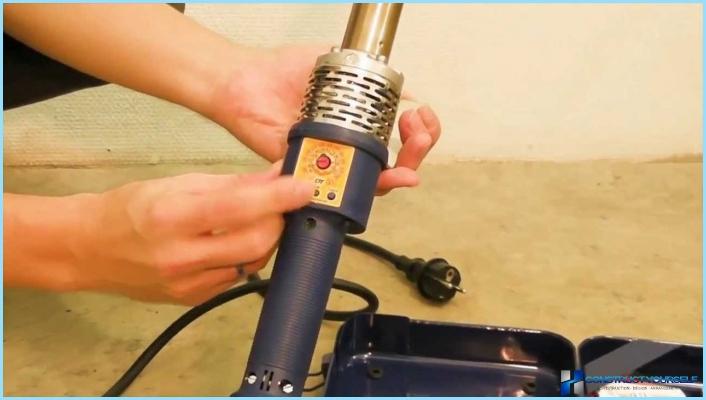
To weld polypropylene pipe has passed according to the technology, it is necessary to know some important technical details of this procedure. To begin with, how to properly heat parts.
Heat is produced from the outside on the edge of the pipe. In turn, the clutch warms up from the inside. The depth of heating should not be too large. Only after that you will be able to connect the parts according to the instructions.
Welding technology of polypropylene pipes according to the instructions in fact it is quite simple. In a place where two parts are joined, the previously heated material to weld.
To make the cuts exactly according to instructions, it is necessary not to forget about the chamfer. As standard it is best to take the German norm DVS-2207-1. Under this standard slope is 15 degrees, and a depression in the area of 2-3 mm.
If we take the domestic standard, the chamfer according to the instructions to do 45 degrees. In this recess will account for a third of the thickness of the pipe. In fact, for welding polypropylene pipes fit both. If you talk about their effectiveness. There are no reliable data on this issue. But most builders apply it German version.
The welding machine should be installed on a special stand. The process of welding as follows: with one hand, pushed the fitting and pipe.
After the items reach the desired condition, they need to remove quickly to immediately connect. The lower the cooling-off period, the more the welding of polypropylene pipes will meet the user’s quality standards.
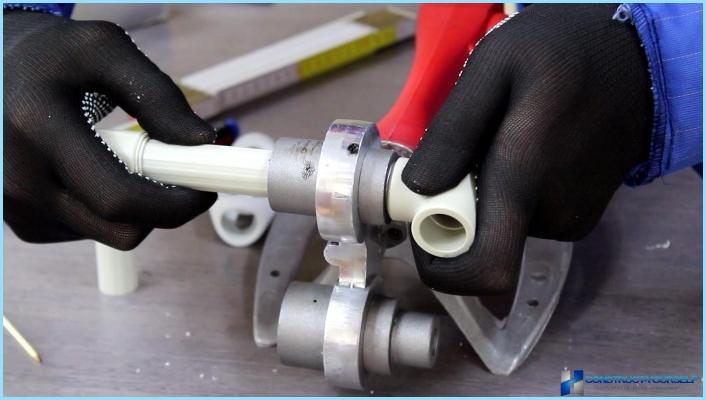
It is impossible to prevent overheating of the parts. If this happens, the fitting and tube is likely to deform. All because of strength loss, which is caused by too high temperature. Naturally, after such a connection is impossible.
Insufficient heating during welding of polypropylene pipes according to the instructions is strictly forbidden. The fact that the connection thus made will have the desired reliability. This greatly increases the risk of loss of tightness of the whole structure. About the long-term operation in this case cannot go and speeches.
To insert the pipe into the sleeve will need to apply some force. The same applies to the fitting. The fact that the nozzle is made in the form of cones. However, their inclination is five degrees. The diameter of the working surface corresponds to a product in the middle.
When you insert the product into the sleeve, need to bring it to a stop. The difficulty lies in the fact that to press on under any circumstances. This can cause damage to the structure.
With strong crush in deteriorating the conductivity of the product. This is due to the fact that at the end thickening is formed. But since it is inside, from the side to notice it easy. So you need to exercise extreme caution.
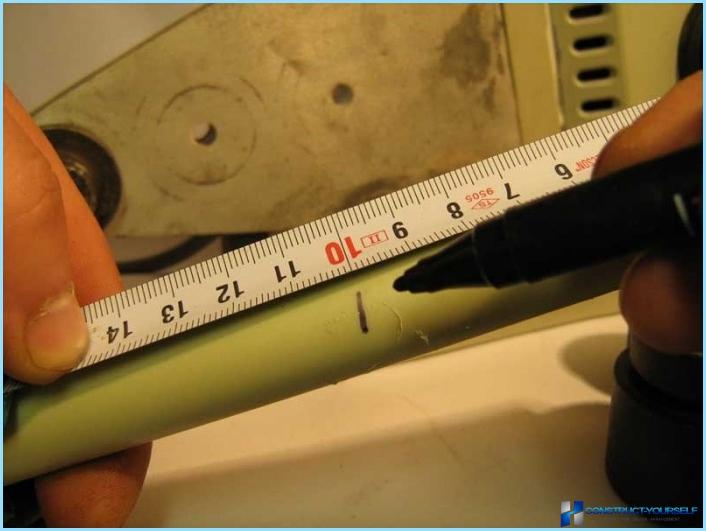
To avoid mistakes and to do everything according to instructions, measure the depth of the sleeve. Then take a ruler and make a mark on the pipe product. Such a precaution will insure you from unpleasant surprises.
Degrease the welding area ↑
To achieve a good quality connection, you need to degrease the weld area. Take cotton wool and pour on a little alcohol. Then coat the inside of the fitting. Also have to do with the end of the pipe.
Don’t forget to remove particles of abrasive. Even dust can adversely affect the quality of the connection by welding of the polypropylene designs. That is why so much attention in the instructions given to this issue.
Alcohol need to handle not only parts, and attachments. This precaution will help avoid sticking of the plastic. Due to this the risk of damaging the Teflon coating is also reduced. This happens quite often when mechanically removed the remains of dead with polypropylene work surface.
How is the installation ↑
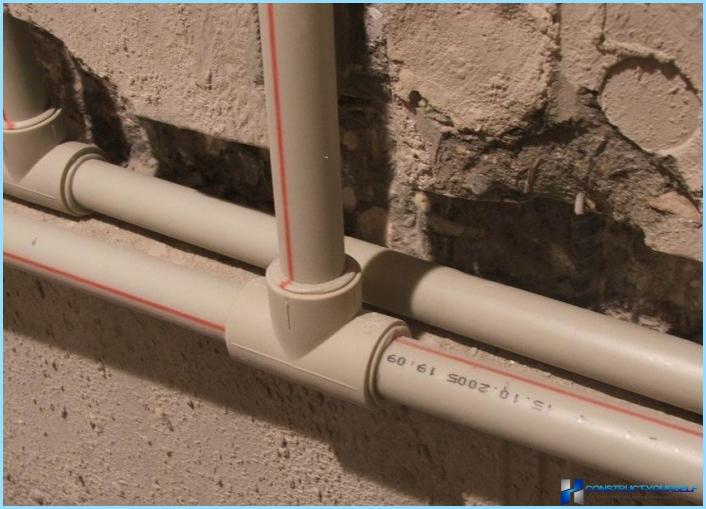
Installation is done when the elements are mounted with fittings. Must also be installed turns. The latter can best be welded separately to not disturb the user manual.
Don’t forget that according to the General construction instructions you should take care of the transitions between the walls. You also need to make a connection to the glands. Then welding can be done on weight.
To the walls of the pipes are attached by means of clamps. They provide secure attachment and can last for decades. She polypropylene construction just odevaetsya in them.
The main part of the fitting that connects the polypropylene construction with boiler is a metal part which length is about half a meter. It connects directly to the heater.
The advantage of structures of polypropylene is that they can easily be run inside the walls, and this does not violate the manual of a residential building. However, before you start to use the pipeline it is necessary to carry out the leak test.
The results ↑
As you can see, the instruction for welding of polypropylene pipes does not represent anything particularly difficult. It is sufficient to follow the recommendations to sustain the proper temperature and not to forget about pre-cleaning and degreasing of parts.


